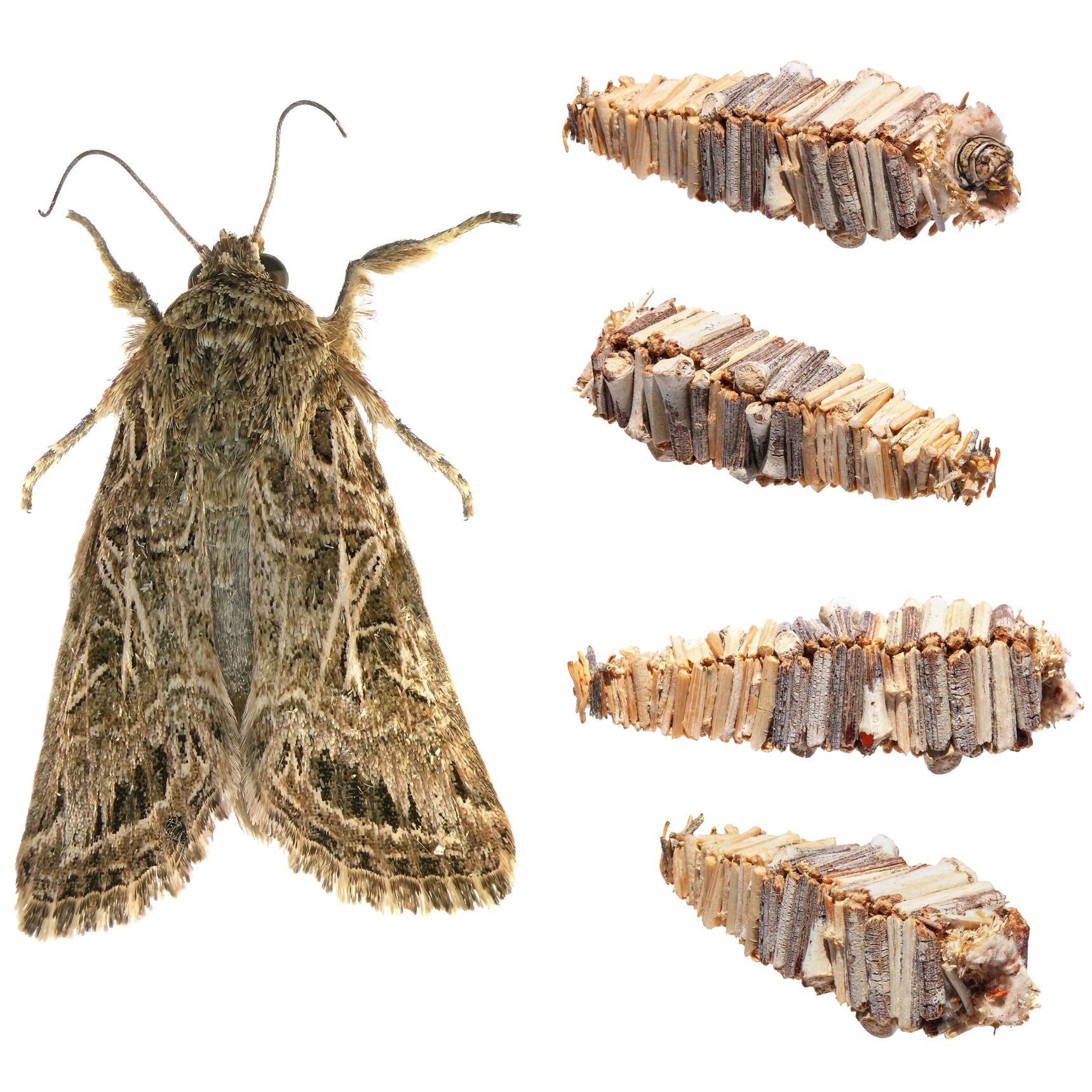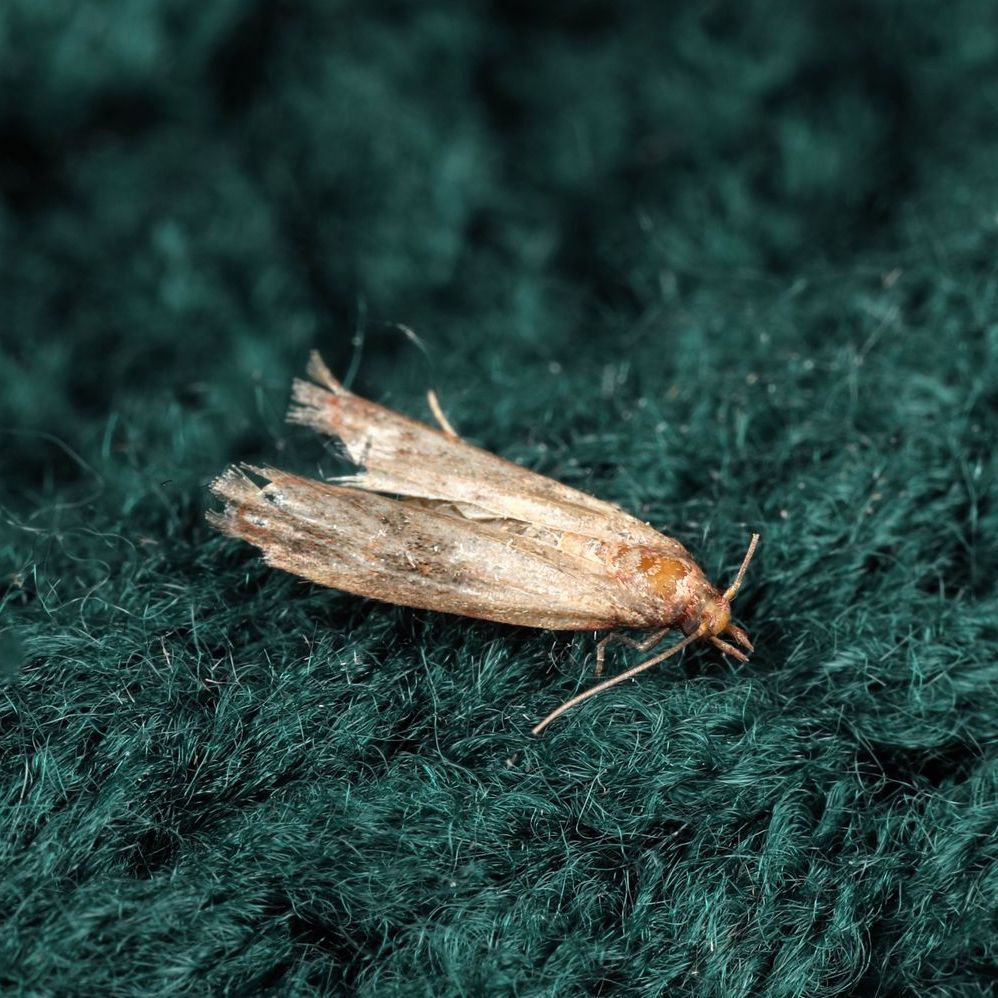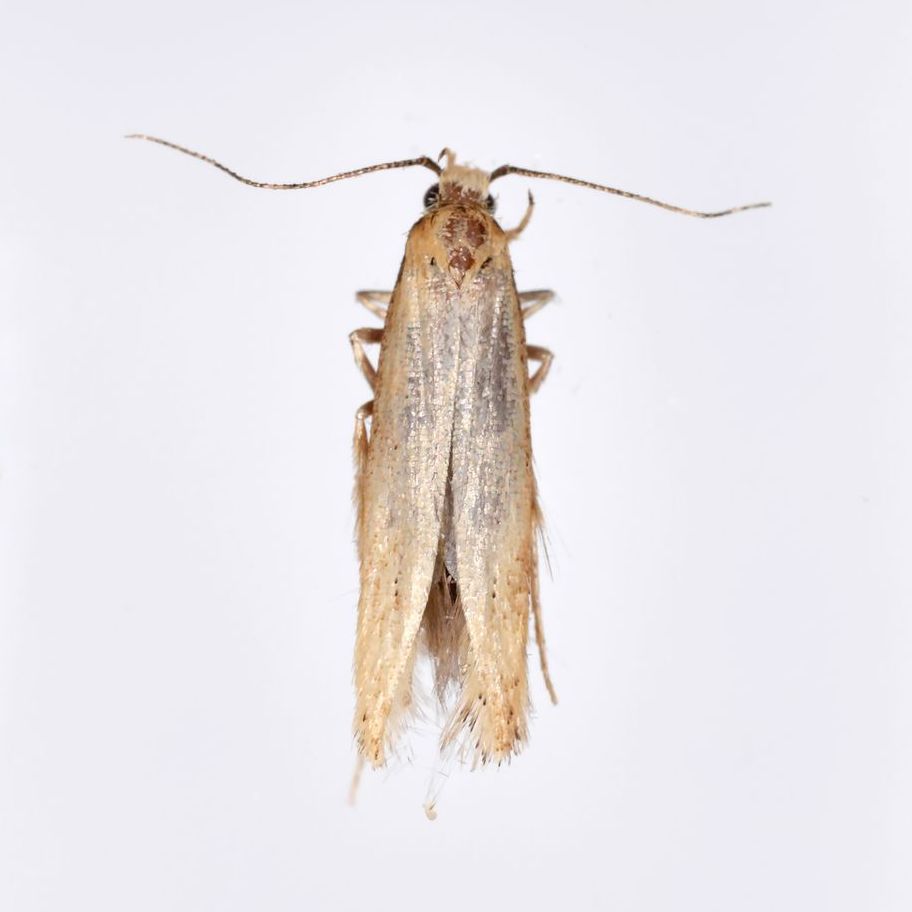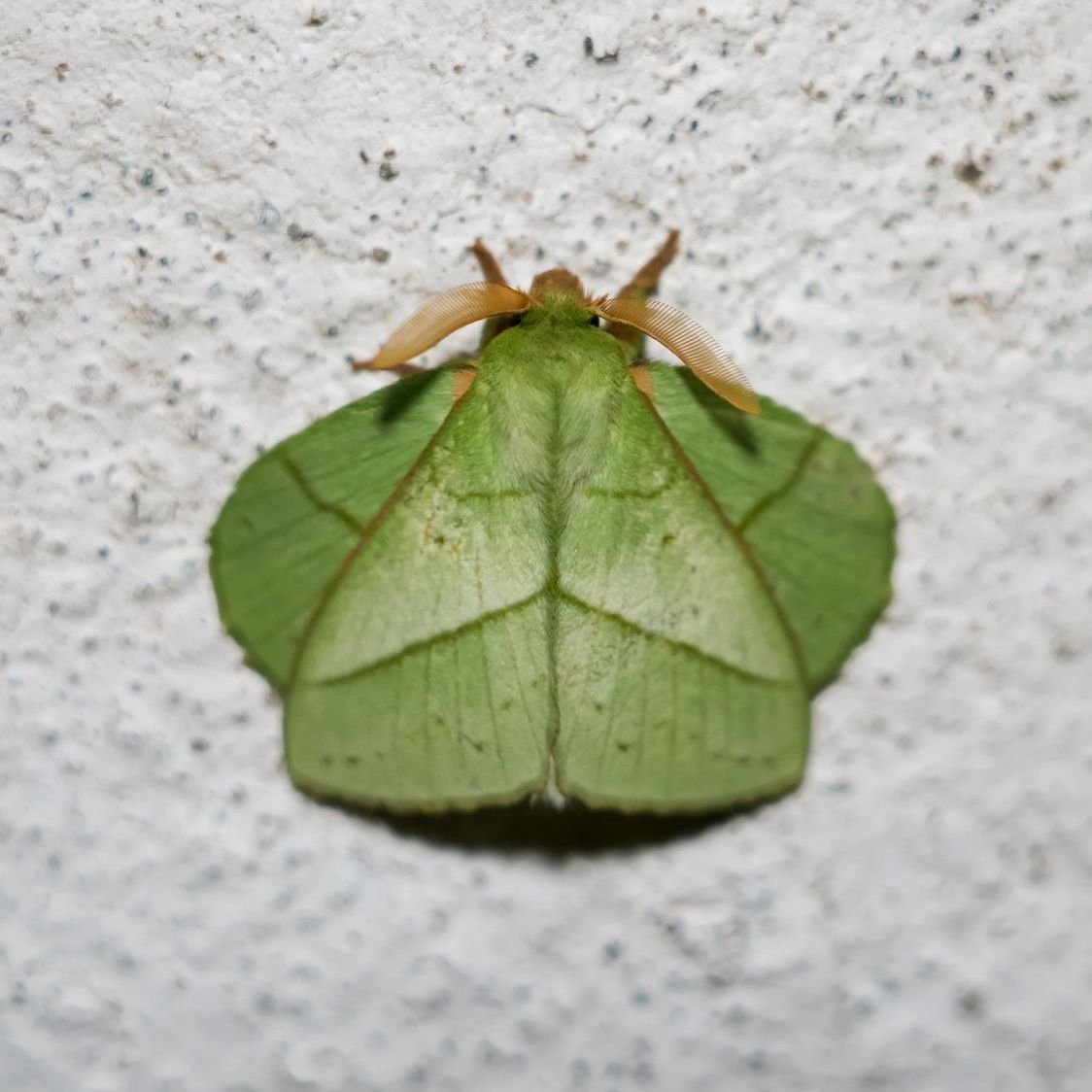Moths In North Texas

Army Worm Moth
- Life Cycle:
- Armyworm moths undergo complete metamorphosis with egg, larva, pupa, and adult stages.
- Female moths lay clusters of eggs on host plants, and the eggs hatch into larvae (caterpillars).
- The caterpillars go through several instars, feeding voraciously on plant foliage and often moving in groups.
- After completing their larval development, the caterpillars pupate in the soil, and adult moths emerge from the pupae.
- Appearance - Adult Moths:
- Adult armyworm moths are nocturnal and typically have a wingspan of about 1 to 2 inches.
- They often have cryptic coloration, with shades of brown, gray, and sometimes green.
- The hindwings may have lighter-colored markings.
- Feeding Habits - Larvae (Caterpillars):
- Armyworm larvae are voracious feeders and can cause significant damage to crops, lawns, and other vegetation.
- They may consume entire leaves, stems, and even developing seeds of various plants.
- The "army" behavior, where large numbers of larvae move in groups, contributes to their ability to defoliate large areas.
- Host Plants:
- Armyworms have a wide range of host plants, including grasses, cereals, vegetables, and other crops.
- They can also feed on non-crop plants, and the specific host preferences may vary among species.

Bagworm Moth
- Larval Stage:
- Bagworm larvae are caterpillar-like and construct protective cases or bags around themselves using silk and plant material.
- The bags serve as a camouflage and provide protection from predators.
- As the larvae grow, they enlarge and elongate their bags, incorporating pieces of the plants they feed on.
- Feeding Habits:
- Bagworm larvae are herbivores and feed on the foliage of a variety of trees and shrubs.
- They are known to consume the leaves of their host plants, and heavy infestations can lead to defoliation.
- Pupal Stage:
- When the bagworm larva is ready to pupate, it attaches the bag to a branch or other surface using silk.
- Inside the bag, the larva transforms into a pupa, and eventually, the adult moth emerges.
- Adult Moths:
- Adult bagworm moths are often inconspicuous and may resemble small moths with reduced wings.
- Female adults generally lack wings and are wingless, while males have wings that allow them to fly.
- Adult bagworms are short-lived, and their primary purpose is to mate and lay eggs for the next generation.
- Bag Construction:
- Bagworm larvae construct their bags by attaching silk to the substrate and incorporating bits of leaves, twigs, and other plant material.
- The bags can vary in appearance, color, and size depending on the species and the availability of materials in the environment.

Clothes Moth
- Appearance:
- Adult clothes moths are small and inconspicuous, with a wingspan ranging from 1/2 to 1 inch.
- Webbing clothes moths have a golden color with reddish-golden hairs on their heads. Casemaking clothes moths are slightly smaller and have a more mottled appearance.
- The larvae (caterpillars) are cream-colored and have a brown head capsule.
- Life Cycle:
- The life cycle of clothes moths consists of four stages: egg, larva, pupa, and adult.
- Adult moths lay eggs on materials such as wool, silk, or feathers.
- The larvae hatch from the eggs and feed on the materials, causing damage.
- Larvae spin silk webbing over the materials they are feeding on, providing a protective environment.
- Habitat:
- Clothes moths prefer dark and undisturbed areas where they can lay their eggs and the larvae can feed without disruption.
- Common habitats include closets, storage areas, and spaces where infrequently used clothing or fabrics are stored.
- Feeding Habits:
- Clothes moth larvae feed on keratin, a protein found in natural fibers such as wool, silk, feathers, and fur.
- They are particularly attracted to items that have been soiled with sweat, oil, or food residues.
- Damage:
- The primary damage caused by clothes moths is due to the feeding activity of the larvae.
- Larvae can create holes and thin areas in fabrics, leading to the deterioration of clothing and textiles.

Grain Moth/Indian Meal Moth/Pantry Moth
- Appearance:
- Adult grain moths have a wingspan of about 5/8 to 3/4 inches.
- They typically have a distinctive appearance with a reddish-brown outer wing and a lighter-colored inner wing with a copper or bronze hue.
- Larvae are small caterpillars with a cream-colored body and a brown head.
- Habitat:
- Grain moths infest a variety of stored food products, including grains, cereals, flour, rice, nuts, dried fruits, and pet food.
- They are attracted to products with a high carbohydrate and oil content.
- Feeding Habits:
- Grain moth larvae feed on the interior of stored food items, creating tunnels and leaving behind silk webbing.
- Larvae can contaminate food, making it unpalatable and unsuitable for consumption.
- Prevention:
- To prevent grain moth infestations, it's important to store food products in airtight containers.
- Regularly inspect and clean pantry shelves, removing spilled food and crumbs.
- Rotate stored food items to ensure older products are used first.
- Check for and discard any infested food products.

Tent Moth
- Appearance:
- Tent moth caterpillars are known for their distinctive appearance.
- They are often hairy and have various colorations, including shades of brown, black, and yellow.
- Some species have a row of colored spots along their back.
- Behavior:
- Tent moth caterpillars construct silk tents in the branches of trees and shrubs. These tents serve as shelters for the larvae during molting and protection from predators.
- The tents are usually made by the caterpillars pulling together leaves and silk, creating a communal structure.
- Life Cycle:
- The life cycle of tent moths includes the egg, larval, pupal, and adult stages.
- Female moths lay eggs on twigs or branches in the fall.
- Caterpillars hatch from the eggs in spring and begin to construct their silk tents.
- The larvae feed on the leaves within the tent and grow through several instars.
- After completing their development, the caterpillars leave the tent to pupate in a cocoon.
- Adult moths emerge from the pupae and the cycle repeats.
- Host Plants:
- Tent moth caterpillars often infest deciduous trees and shrubs. Common host plants include cherry, apple, crabapple, and other fruit trees, as well as ornamental shrubs.
- Feeding Habits:
- Tent moth caterpillars feed on the leaves of host plants.
- While they may defoliate certain branches within the tent, healthy trees can usually recover from their feeding activity.